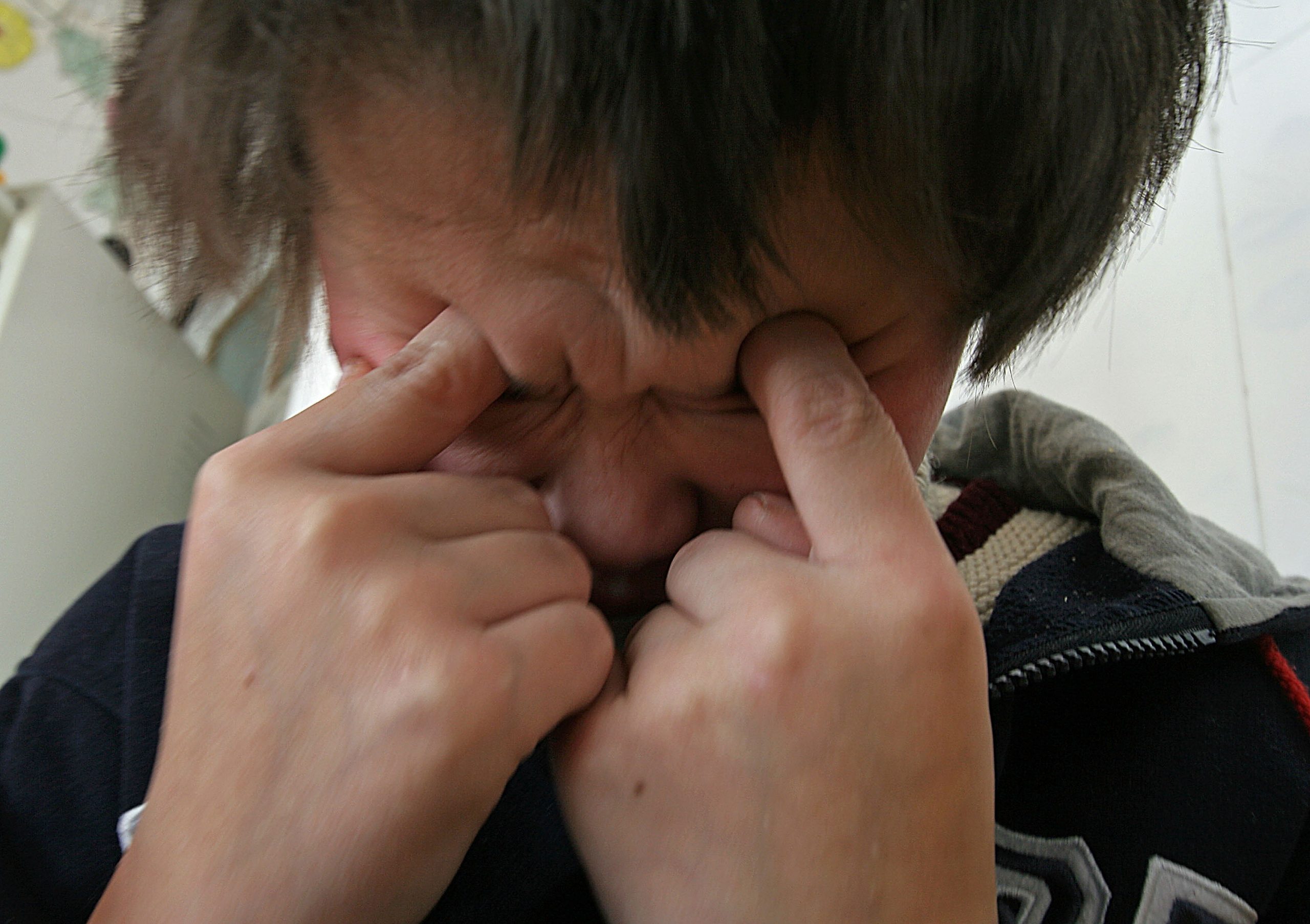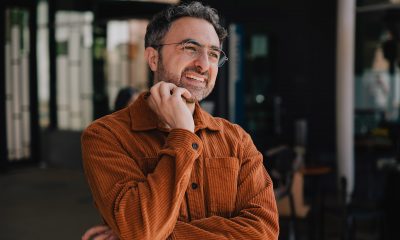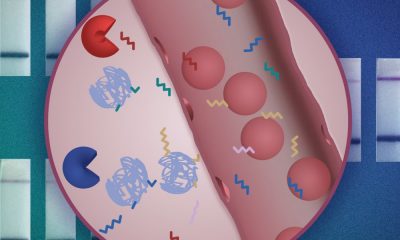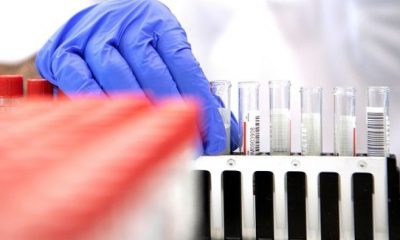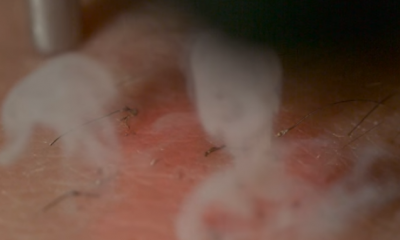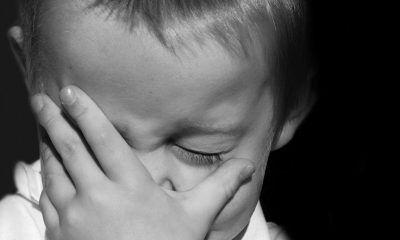A novel test for autism has got the science community talking. The test reportedly can diagnose autism in children using just a single strand of hair.
The innovative test is the product of a startup called LinusBio, and might soon help in identifying autism spectrum disorder in young children before they start showing symptoms. The results of the study on the diagnostic test have been published in the journal Clinical Medicine.
“No clinician should make a decision on if a child has autism solely based on this,” Manish Arora, LinusBio co-founder and CEO said. “This provides a crucial piece of information, but not the only piece of information.”
In other words, the test is a diagnostic aid, meaning it is meant to assist clinicians in identifying autism, but should not be relied on alone.
“The technology is incredibly novel. The use of hair and the type of measurements they’re doing with hair is innovative,” Dr. Andrea Baccarelli, a professor of environmental health sciences at Columbia University, who was not involved in the company’s research, said, reported NBC News. “It’s groundbreaking.”
Human hair consists of a history of exposure to metals and other substances. This data is analyzed using an algorithm to look for patterns of particular metals that are associated with autism.
The test is the first to analyze this type of exposure history over time, and could predict autism accurately about 81% of the time.
The test involves running a laser on a hair, which turns it into a plasma for analysis. According to the CEO, less than half an inch of hair captures a month’s worth of data.
LinusBio said its test can find metal metabolism in 4-6 hour installments.
“It’s almost like having a security camera where you can go back and get a look at four pictures a day,” Baccarelli said.
In the study, the researchers honed their technology by using hair samples from 486 children from three countries: Japan, Sweden, and the United States.
Next, they analyzed 97 hair samples, in which the algorithm correctly identified cases of autism spectrum disorder more than 96% of the time. Moreover, the test identified negative cases accurately about 75% of the time.
“The problem with autism is it’s diagnosed at the age of 4 on average. By that time, so much brain development has already happened,” Arora said. “We want to enable early intervention.”
Currently, no biological test exists for autism spectrum disorder. Instead, children are often diagnosed after parents spot unusual behavior such as avoiding eye contact, delays in language or not pointing. However, these behaviors vary widely.
Giving a boost to the product’s prospects, The Food and Drug Administration gave LinusBio’s test a “breakthrough” designation, as per the outlet. The label is meant to expedite regulatory approval for new technology if there are no alternatives available in the market. However, it does not change approval standards, and the company needs to clear regulatory obstacles before its device could become widespread in the U.S.

